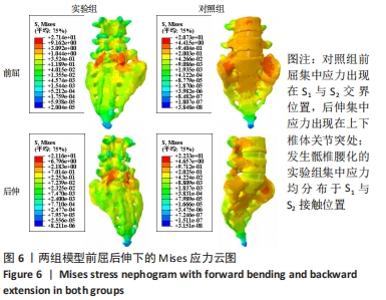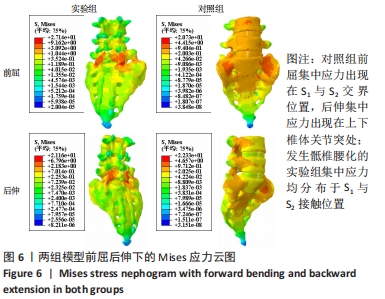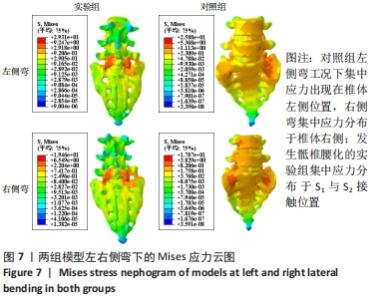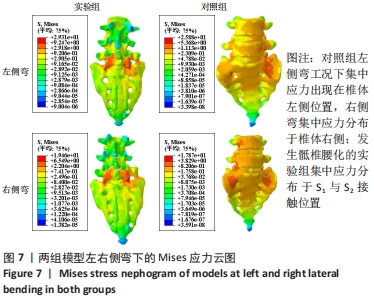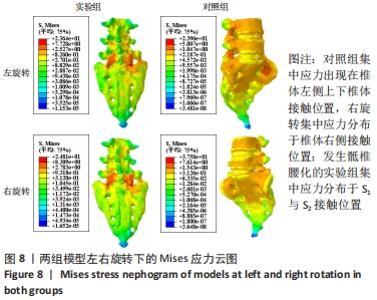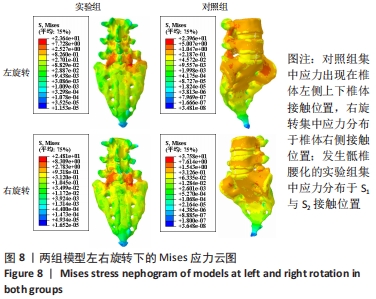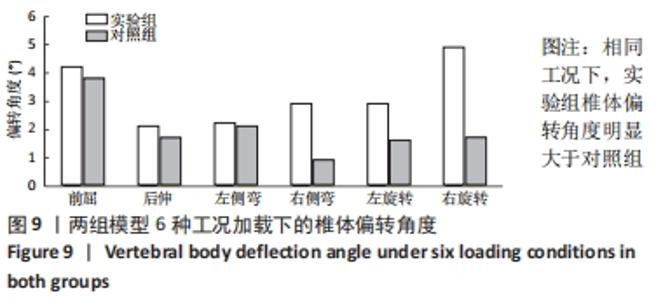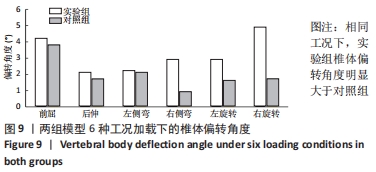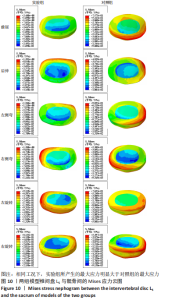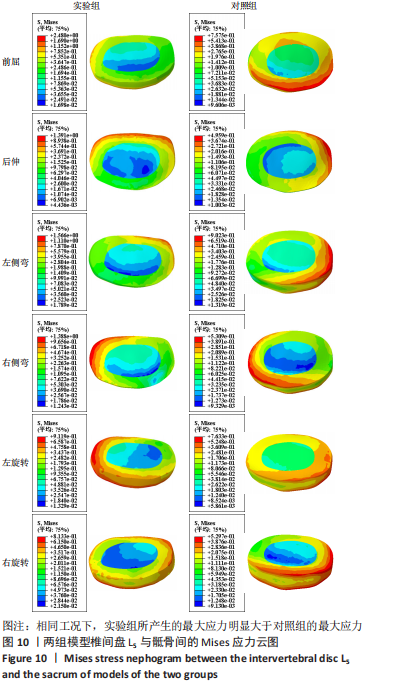[1] 郭惠智,唐永超,张顺聪,等.S1螺钉骨水泥强化技术在伴骨质疏松腰骶椎退变性疾病中的应用价值[J].中国脊柱脊髓杂志,2019, 29(4):295-302.
[2] JOUKAR A, SHAH A, KIAPOUR A, et al. Gender Specific Sacroiliac Joint Biomechanics During Standing Upright: A Finite Element Study. Spine. 2018;43(18):E1053-E1060
[3] 韩雷,黄英,胡云根,等.椎弓根钉内固定联合椎体成形术治疗骨质疏松性胸腰椎爆裂骨折的三维有限元研究[J].中国骨与关节损伤杂志,2021,36(5):486-488.
[4] GUAN TM, ZHANG YF, ANWAR A, et al. Determination of Three-Dimensional Corrective Force in Adolescent Idiopathic Scoliosis and Biomechanical Finite Element Analysis. Front Bioeng Biotech. 2020; 8(5):963-963
[5] BENEDIKT S, FRANK N, FABIO G, et al. Asymmetrical intrapleural pressure distribution: a cause for scoliosis? A computational analysis. Eur J Appl Physiol. 2018;118(7):1315-1329.
[6] BARBA N, IGNASIAK D, VILLA TMT, et al. Assessment of trunk muscle activation and intervertebral load in adolescent idiopathic scoliosis by musculoskeletal modelling approach. J Biomech. 2021;114(5):110154.
[7] 毕殿海,罗少林,裴娜,等.骶椎腰化患者脊柱-骨盆矢状面解剖学参数测量及下腰椎有限元力学分析[J]. 解剖学报,2021,52(1): 103-107.
[8] 吴雪海,王星,张少杰,等.有限元模型建立青少年骶椎腰化的验证分析(英文)[J].中国组织工程研究,2021,25(27):4283-4288.
[9] 侯黎升,阮狄克,王亦舟,等.脊柱全长摄片发现骶椎腰化并骶1~2隐裂1例[J].中国组织工程研究与临床康复,2009,13(7):1387-1388.
[10] 陈世忠,韦以宗,林远方,等.腰椎横突“三长、四翘、五扁”形成年龄的影像学调查报告[J].颈腰痛杂志,2020,41(1):107-108.
[11] RASMUSSEN J, TRHOLM S, ZEE MD. Computational analysis of the influence of seat pan inclination and friction on muscle activity and spinal joint forces. Int J Ind Ergonom. 2009;39(1):52-57.
[12] MORGAN EF, BAYRAKTAR HH, KEAVENY TM. Trabecular bone modulus-density relationships depend on anatomic site. J Biomech. 2003;36(7):897-904.
[13] 黄彦,周红海.纤维环、髓核的结构组成和生理功能[J].广西中医学院学报,1999(3):152-153+158.
[14] 李海峰,吴冀川,刘建波,等.有限元网格剖分与网格质量判定指标[J].中国机械工程,2012,23(3):368-377.
[15] 文毅,苏峰,刘肃,等.L_(4-5)椎体有限元模型建立及退变椎间盘力学分析[J].中国组织工程研究,2019,23(8):1222-1227.
[16] RHO JY, HOBATHO MC, ASHMAN RB. Relations of mechanical proper-ties to density and CT numbers in human bone. Med Eng Phys. 1995; 17(5):374-355.
[17] KOPPERDAHL DL, MORGAN EF, KEAVENY TM. Quantitative computed tomography eatimates of the mechanical properties of human vertebral trabecular bon. J OrthoP Res. 2002;20(4):801-805.
[18] 贾少薇,张顺心,范顺成,等.脊柱侧凸腰骶椎结构的有限元分析及其变形趋势[J].医用生物力学,2017,32(3):235-241.
[19] GOEL VK, KONG W, HAN JS, et al. A Combined Finite Element and Optimization Investigation of Lumbar Spine Mechanics With and Without Muscles. Spine. 1993;18(11):1531-1541.
[20] ROHLMANN A, BOUSTANI HN, BERGMANN G, et al. Effect of a pedicle-screw-based motion preservation system on lumbar spine biomechanics:A probabilistic finite element study with subsequent sensitivity analysis. J Biomech. 2010;43(15):2963-2969.
[21] 黎珂宇. 基于有限元法的人体腰椎力学分析及其应用研究[D].南京:南京航空航天大学,2019.
[22] 秦计生,王昱,彭雄奇,等.全腰椎三维有限元模型的建立及其有效性验证[J].医用生物力学,2013,28(3):321-325.
[23] 赵平,冯天有.腰椎力学结构失衡与椎间盘突出的发病[J].中医正骨,1993,5(3):37-39.
[24] 魏晓宁,王艳,裴飞.腰椎间盘结构、盘内压力及不同载荷的影响:生物力学研究进展[J].中国组织工程研究,2015,19(20):3242-3247.
[25] 郑杰,杨永宏.椎间盘和关节突关节在退变性脊柱侧凸发生发展中的作用[J].中国脊柱脊髓杂志,2018,28(9):826-831.
|
